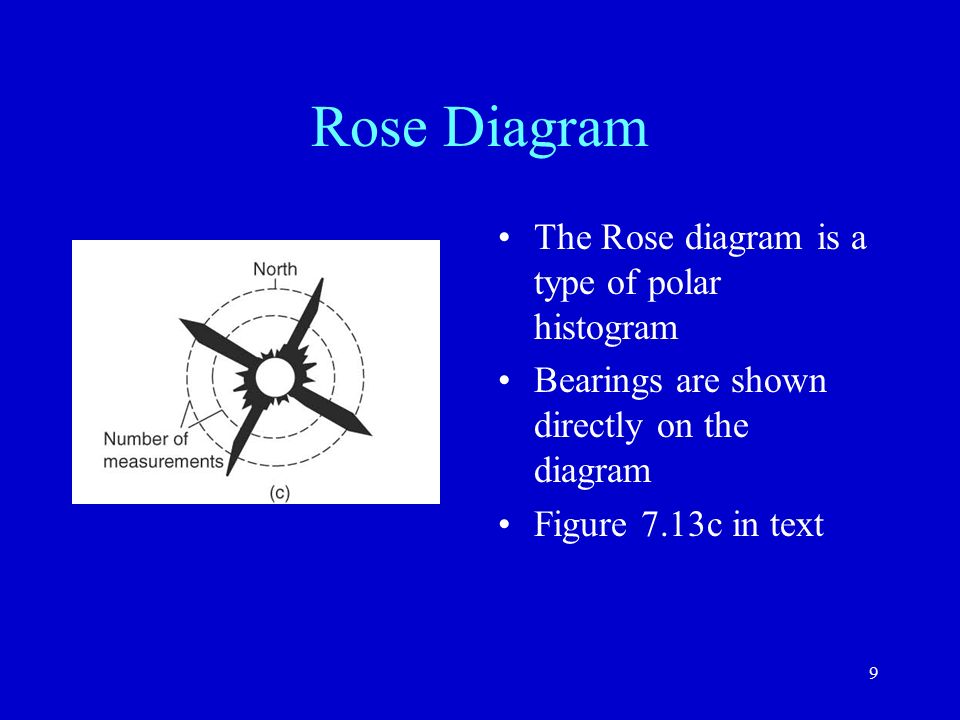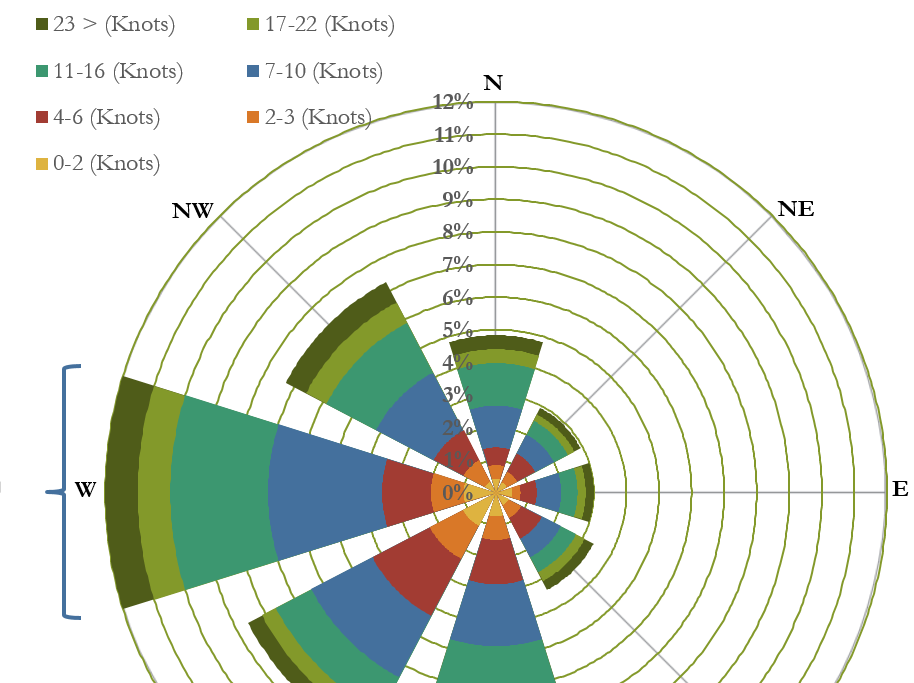


For this filter, bearings must be entered in degrees (0 - 360) rather than quadrant. Minimum: Enter the minimum lineation or fracture bearing that is to be included in the processing.Azimuth Filter #1: Check this to activate a bearing filter.Any lineations longer than this will be omitted from the diagram and computations. To the right, type in the maximum acceptable length in your map units. Maximum Length Filter: Check this box to activate an upper length filter.Any lineations shorter than this will be omitted from the diagram and computations. To the right, type in the minimum acceptable length, in your input units. Minimum Length Filter: Insert a check here to activate a lower length filter for the lineations.Length as a Percent of Total Lineation Lengths: This option sets the petal length to represent the percent of total lineation lengths that fall within this bin.However, there is no clear expression of the important Cork-Kenmare facies line on the imagery. The Glandore High, an area of reduced Dinantian stratigraphic thickness and regional structural culmination, is coincident with one of the N-S zones defined on the rose diagram map and may extend farther north than previously proposed.

A number of major strike-oriented zones with closely spaced fractures are recognised, notably the ENE- or NE-oriented zones extending eastward from Bantry and Dunmanus bays and on the west side of Cork Harbour. These differences are thought to reflect a difference in scale of structures recorded by the two processes, together with a lack of joint-orientation measurements in the field-based data set. Comparison with field-derived fracture data reveals that, although the same fracture orientations are present in the data sets, there are marked differences in emphasis between them. The basin can be subdivided into four broadly N-S zones on the basis of the dominant lineation trends shown by rose diagrams of the fracture linears for each 10km x 10km square on the map. The paper presents a structural interpretation of Landsat thematic-mapper imagery covering the South Munster Basin, carried out at 1:50,000 scale.


 0 kommentar(er)
0 kommentar(er)
